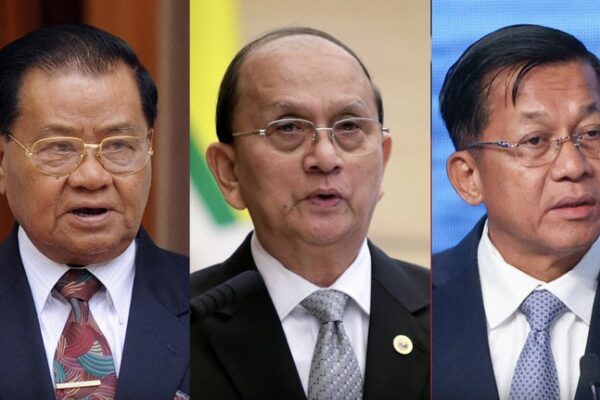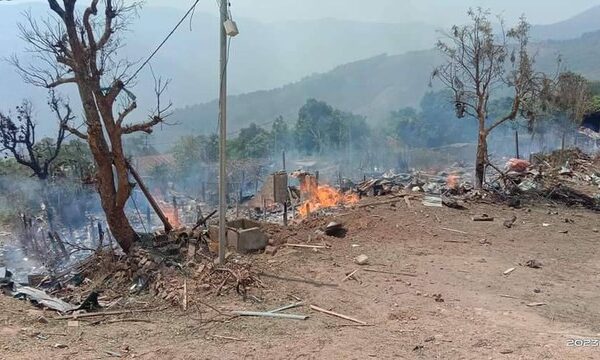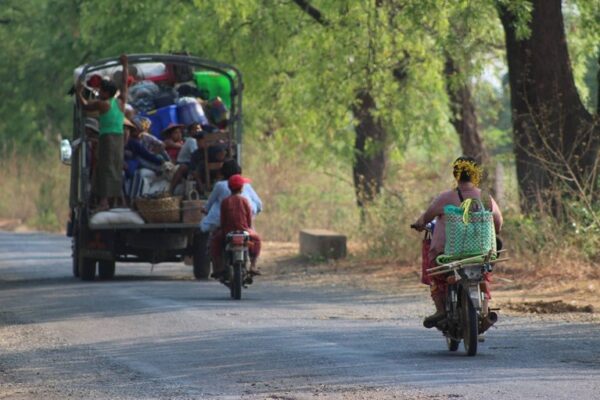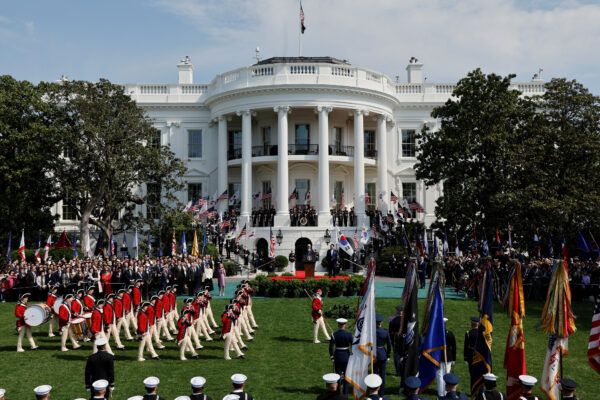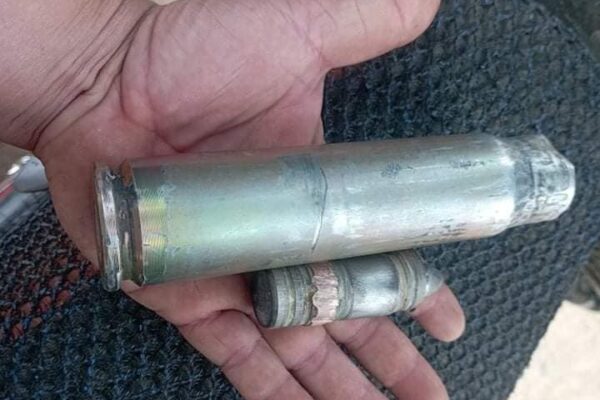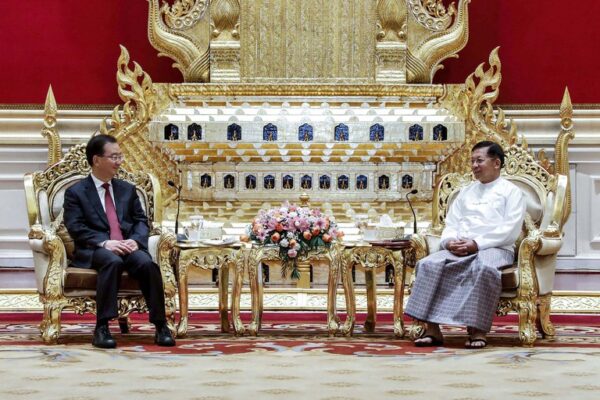
Myanmar, neighbors including Thailand hold Track 1.5 dialogue without ASEAN members
Two years ago this week, ASEAN negotiated a five-point consensus with the Burmese military that had seized power in a February 2021 coup and arrested many leaders of Myanmar’s elected government. The consensus was a roadmap for ending violence and starting a political dialogue, but the generals never intended to abide by it. The consensus called for an immediate end to violence; a dialogue among all parties; the appointment of a special envoy from the regional bloc; the provision of humanitarian assistance by the Southeast Asian bloc; and a visit to Myanmar by the special envoy to meet with all parties. The Burmese junta has since steadfastly ignored the consensus and waged a multi-front war against Myanmar’s civilian population. The toll has been horrific – more than 4,000 people have been killed while the regime has arrested more than 17,000 and more than 150 people have been tortured to death or died in government custody. ASEAN continues in vain to use the five-point consensus as the basis for all talks. Other than refusing to give the junta a seat at its meetings, ASEAN has done little else except let down the people of Myanmar. In this handout photo released by Myanmar Military, junta chief Min Aung Hlaing, right, receives Wang Ning, Secretary of CPC Yunnan Provincial Committee of China in Nay Pyi Taw, April 4, 2023. Credit: Myanmar Military handout photo via AFP In March, Thailand did an end run around ASEAN when it held a Track 1.5 dialogue with a handful of like-minded member states and the junta. Those in attendance included the authoritarian states of Cambodia, Laos and Vietnam along with China, India, Bangladesh and Japan. Malaysia, Indonesia, the Philippines and Singapore refused to attend and seemed genuinely angry at Thailand for having direct talks with the junta and denying Indonesia its prerogative as ASEAN’s 2023 chairman. Unbowed and unapologetic, Thailand argued that it was a Track 1.5 dialogue – meaning that government officials were present but not necessarily acting in their official capacity, along with a few non-governmental experts. But few bought that fig leaf interpretation, noting that Wunna Maung Lwin, the junta’s foreign minister, was clearly there in his official capacity, exactly as Bangkok had wanted. This week, India hosted the second Track 1.5 dialogue with Thailand, Cambodia, Laos, Bangladesh, Vietnam and China. Indonesia attended as an observer in its capacity as chairman of the regional bloc. The Thais were smart to let the Indians take over to deflect criticism that Thailand was trying to do an end run around ASEAN. Instead, the April 25 meeting could be billed as a gathering of neighboring countries who were directly impacted by the quagmire as well as other states searching for a solution. Craving legitimacy Yet it was another opportunity to give the junta the international legitimacy it so desperately craves. It follows another failed attempt at diplomacy by former United Nations Secretary-General Ban Ki-Moon. Thailand sent its own foreign minister and special representative for Myanmar to meet with Senior Gen. Min Aung Hlaing in Naypyidaw. All of these serve to normalize ties with a regime that should be ostracized by the international community. Moreover, it’s hard to take seriously the idea that the neighboring countries are not in the junta’s corner. India, is much less a champion of democracy under the increasingly illiberal government of Narendra Modi, whose control over the eastern portion of the nation is tenuous. India also fears a failing junta being even more dependent on China – the last thing that New Delhi wants is a greater Chinese presence on another part of its border. Bangladesh is hoping to exchange normalized ties for the return of thousands of Rohingya to their homes in Myanmar’s Rakhine state. Thailand, meanwhile, sees itself as a political model for the junta to hold elections and maintain power. Not hedging bets China is no longer hedging its bets and has doubled down on the junta to protect its economic interests, pipelines and Belt and Road Initiative infrastructure projects. Lately, China has been applying pressure on Ethnic Resistance Organizations that are actively supporting the shadow National Unity Government (NUG) or quietly arming its People’s Defense Forces over fears they might be tilting the balance away from Naypyidaw. As it increases air attacks, Myanmar’s Air Force has violated the airspace of Thailand, Bangladesh and India. None have lodged diplomatic complaints, a clear signal to the NUG. Reuters reported that a topic of discussion at the Indian 1.5 talks was the possible inclusion of the opposition government. That seems far-fetched as the junta has steadfastly refused to talk with its NUG leaders, officially labeling them “terrorists.” It seems far more likely that this was an attempt to dampen the international criticism of holding such a meeting. While the junta is bogged down in a multi-front war that it can’t win, it does have a theory of victory. The military has increased attacks on civilians to terrorize them into submission. There have been more beheadings and mutilations, rape, and the razing of homes. And they have stepped up their air assaults. The military has given itself the means to do so, with a 50% increase in its budget for 2023. The junta has stepped up attempts to deprive the NUG of funding, including a recent threat of even incarcerating children for having a game on their phones whose proceeds go to support the NUG. The military, having recently disqualified a number of political parties for not registering under the new election law or having communications with “terrorist organizations,” continues to make plans for “elections.” More than 1,200 members of the overthrown National League for Democracy party are in jail, while the military has seized properties of more than 600 NLD members. Finally, the junta seeks to peel away ERO support from the NUG either by offering side deals, allowing China to pressure them or simply letting the traditional mistrust with the NUG manifest. Junta members believe that time is on their…

